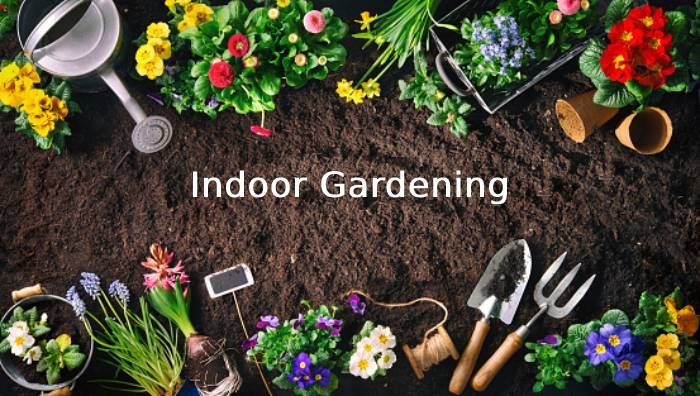Indoor gardens can provide a variety of advantages to home life, from aesthetic appeal to enhanced health and productivity. They remove air pollutants that cause illness and are emitted by solvents, furnishings, clothing, adhesives, and more. Moreover, they improve subjective impressions of attention and happiness, as well as objective productive measurements.
Since there is less requirement for air circulation, home gardens might even lower energy use and prices. They are low maintenance as compared to the outdoor plants. However, there are certain necessities you must follow to keep them safe. These parameters differ depending on the type of plants you are cultivating and the display methods you are using. To help you with the same, we have come up with a few tips for the perfect indoor gardening.
Select the correct plants:
Normal/ regular plants – In case if flowering plants or other different categories of plants are not your things, normal plants will offer a touch of green to your decor at home. The snake or evergreen plants can be good enough choices for balconies, provided it is shaded properly. As these, thrive in low-light environments.
Ornamental plants – Ornamental plants can be another choice you can make, but you must keep in mind that they require a lot of upkeep. These plants are inclusive of dogwood, magnolia, cassia javanica, and such.
Climbers & creepers – If you enjoy climbing plants, your balcony might be a great area to grow them if you offer the proper support. Having delicate stems results in uncontrollable growth if you fail to maintain them by limiting the growth. Some of the climbers are clematis and grape ivy etc. While some of the creepers can be bougainvillea.
Flowering plants – There are a few high-rise residences, each flat has its flowerbed where residents can plant their flowering bushes. In earthen pot containers, you can cultivate brightly colored blooming plants. Small flowering, fruiting, and bearing plants can also be accommodated on your balcony.
Here, peace lily or poinsettias are good choices for floral plants. The classic rose shrub can also add to the appeal of your balcony.
Basic requirements for an indoor garden:
Temperature
The majority of indoor plants can thrive at room temperatures, which range from 25 to 35 degrees Celsius in the summer. Cactus can survive temperatures as low as 45 to 46 degrees Celsius. Flowering plants, such as roses, marigolds, and tuberose’s, require much lower temperatures to thrive.
Lights
Light is an essential requirement for an indoor plant to grow and survive. Plants that are deprived of light may not be able to fully develop, produce flowers or fruit, and may even perish. Even if they are close to the window, they might not receive proper sunlight during winters and monsoons.
As a result, specific lighting solutions will be required for indoor gardens to achieve optimal development. Moreover, the majority of plants function the best when provided with 14 to 16 hours of light.
Humidity
Plants can face withering and foliage to brown in indoor gardening due to low humidity. While plants survive in environments with a humidity level of 50% or more, indoor humidity levels can be as low as 10% to 20% in the cool seasons.
In addition, there can be a solution for it such as running a humidifier, laying tray or regularly misting the plants.
Water
When you place a plant indoors, you must know that they dry up faster than those that are cultivated on the grounds. The reason is, they should be properly hydrated. You can also opt for drip watering systems. The self-watering pots can be another good alternative for the option.
Soil depth
Based on the plant, the depth of the soil will vary substantially. The majority of the plants require 18 to 20 inches. Moreover, shallow-rooted plants may need to be anchored or tied to the trellis, according to the species.
Also read: 7 Interior design ideas that reflect your personality
Conclusion
Indoor gardens have significantly many benefits also; they enhance the outlook of the apartment. However, there are certain conditions under which they must be kept in order to protect them from dying. You can hence; follow the above-mentioned points that can help you keep your indoor garden well maintained.

